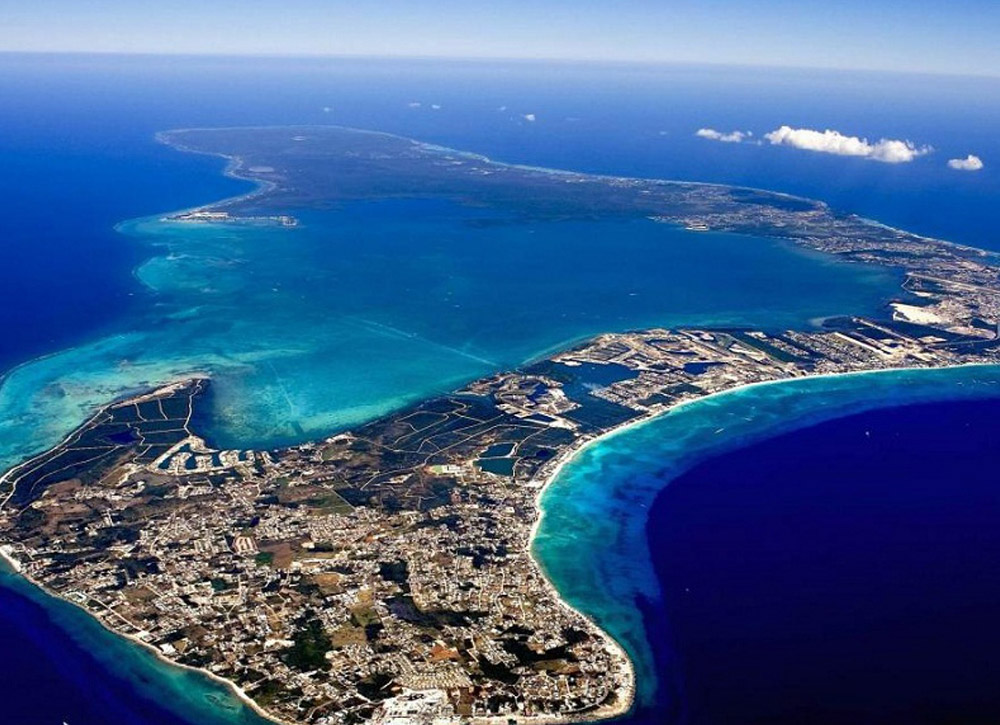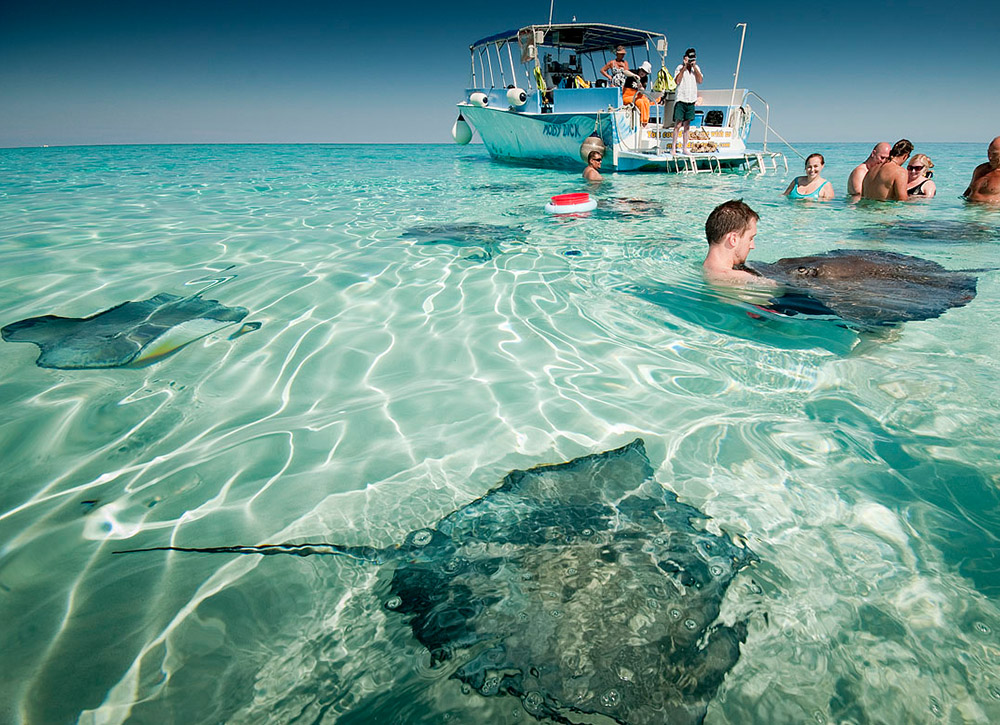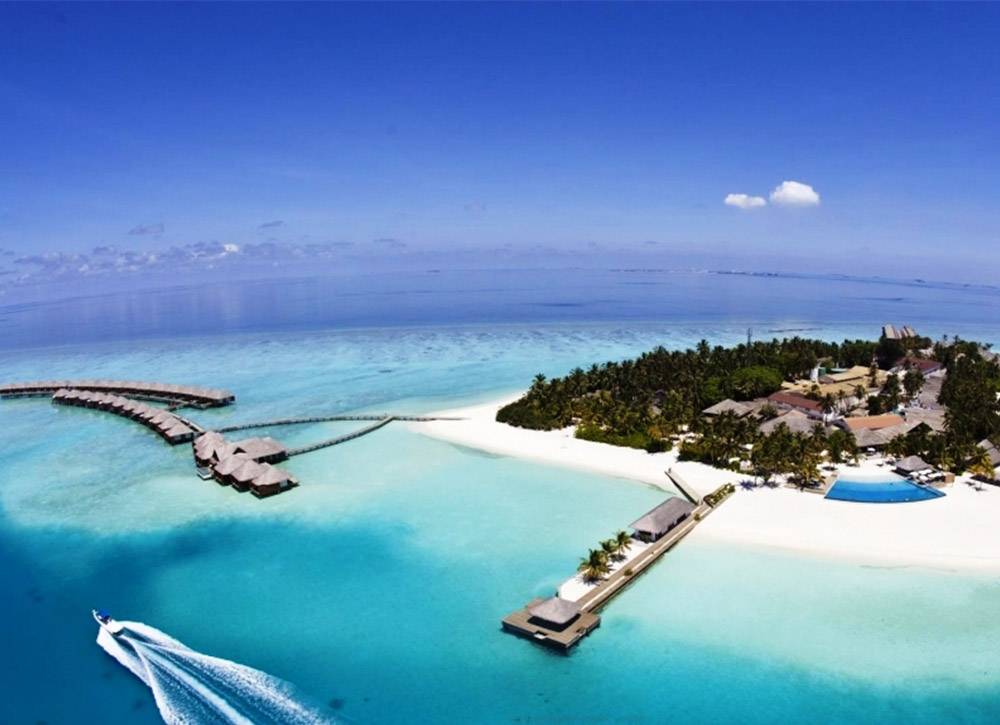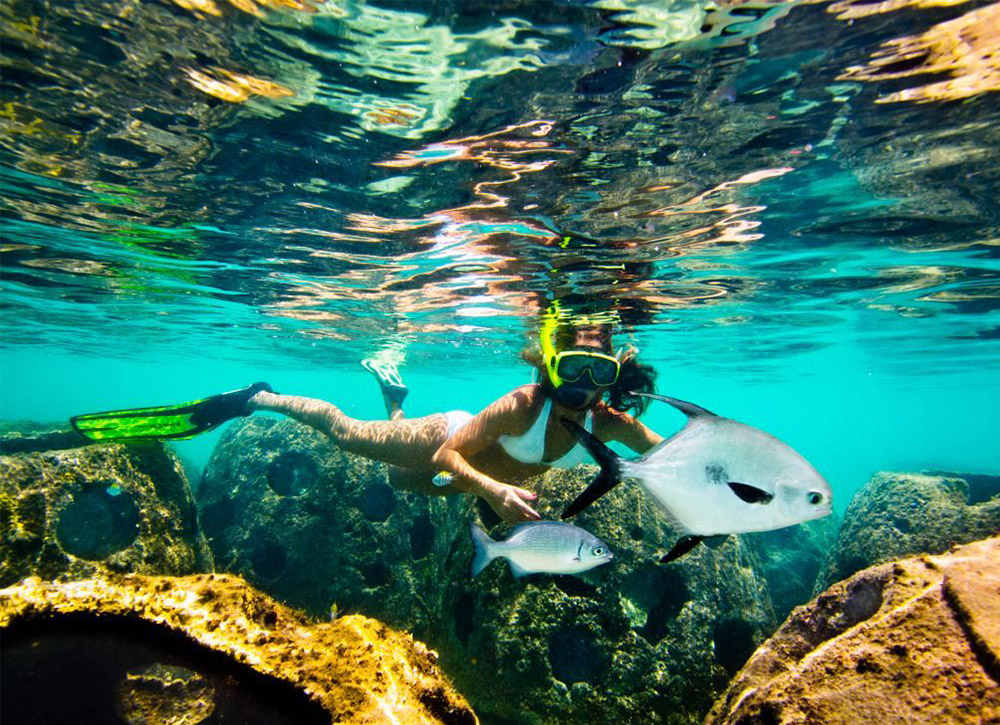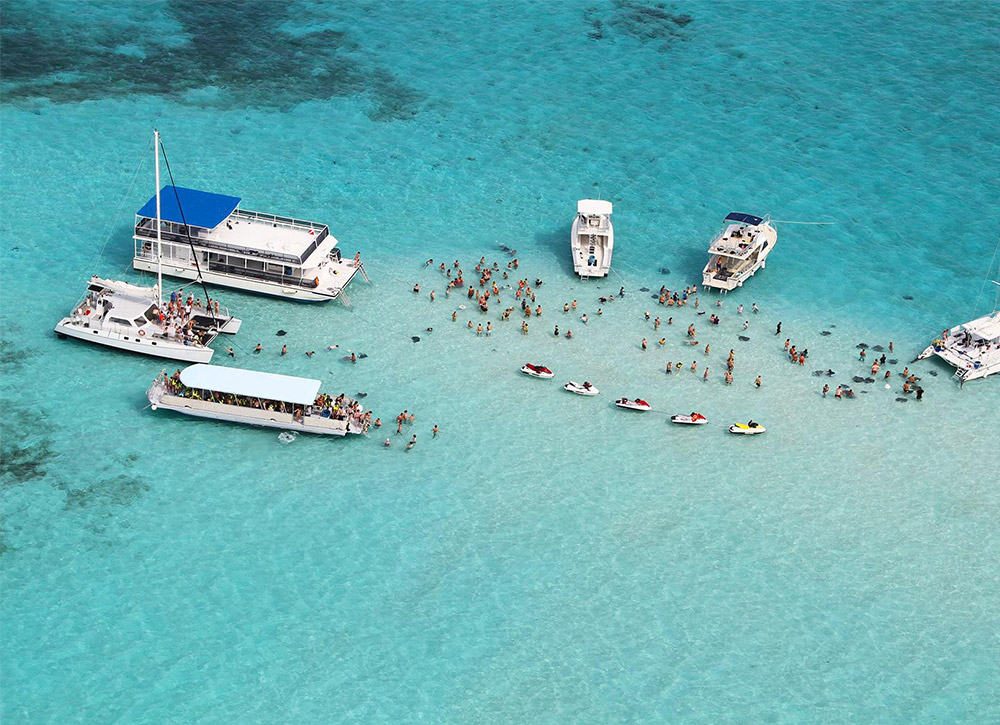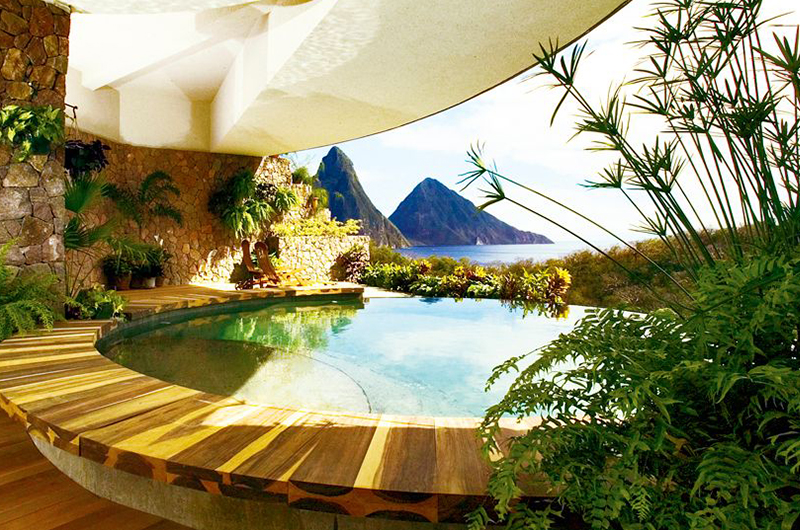Guide to The Cayman Islands
Some two million tourists visit the Cayman Islands each year. Most of them are cruise-ship passengers, who spend a few hours shopping, sunbathing or swimming with stingrays, before pulling out of port. Others hunker down near Seven Mile Beach, enjoying their all-inclusive resort on one of the Caribbean's most beautiful stretches of sand. And a lucky few venture further. Cayman is an undeniably cosmopolitan place – nearly half the population is from somewhere else – but its rich local culture is alive and well, especially in Bodden Town, East End and Cayman Brac. Explore the North Side and the Sister Islands to discover lush forests, diverse birdlife, mysterious caves and untrammeled beaches. Under the waves lie amazing underwater walls and accessible shipwrecks. Dive in. It takes only a small sense of adventure to uncover Cayman's greatest treasures – the warm hospitality and the fantastic natural phenomena above and below the sea.
The charming Cayman Islands continue to be a coveted Caribbean getaway for both adventure- and relaxation-seeking travelers. Coral reefs and shipwrecks call to divers as the rum punch calls to the beach bums. Honeymooners hike through the 200-year-old Mastic Trail while parents take their children for interactive swims at Stingray City. Whichever way you choose to mellow out, the Cayman Islands can oblige. The Cayman Islands are an archipelago of three islands that sit 150 miles south of Cuba. The largest, Grand Cayman, is full of gargantuan resorts with all-inclusive options, perfect for those who prefer preplanned itineraries and don't mind sharing the sights with cruise crowds. Meanwhile, the less-traveled Cayman Brac and Little Cayman boast some of the best diving in the Caribbean.
Climate and Geography
The Cayman Islands are a British dependency and island country. It is a three-island archipelago in the Caribbean Sea, consisting of Grand Cayman, Cayman Brac, and Little Cayman. Georgetown, the capital of the Cayman Islands is 438 km (272 mi) south of Havana, Cuba, and 504 km (313 mi) northwest of Kingston, Jamaica, northeast of Costa Rica, north of Panama and are between Cuba and Central America. Georgetown’s geographic coordinates are 19.300° north, 81.383° west. The Cayman Islands have a land area of 264 km2 (102 sq. mi) approximately 1.5 times the size of Washington, D.C. and just 3 km2 (1.2 sq. mi) larger than Saint Kitts and Nevis. The Cayman Islands have a coastline of 160 km (99 mi). The Cayman Islands make a maritime claim of a 200-nautical-mile (370.4 km; 230.2 mi) exclusive fishing zone and a territorial sea of 12 nautical miles (22.2 km; 13.8 mi).
The islands are located on the Cayman Rise which forms the northern margin of the Cayman Trough. The trough is the deepest point in the Caribbean Sea and forms part of the tectonic boundary between the North American Plate and the Caribbean Plate. The Cayman Rise extends from southeastern Cuba along the northern margin of the Cayman Trough toward Costa Rica and resulted from Paleocene to Eocene island arc formation with associated volcanism along an extinct subduction zone. The islands are formed of marine limestone and dolostone that was uplifted during the late Miocene epoch. Due to the Islands' location, the Cayman Islands do get earthquakes. The Cayman Islands have a tropical wet and dry climate, with a wet season from May to October, and a dry season that runs from November to April. Terrain is mostly a low-lying limestone base surrounded by coral reefs. Besides earthquakes another major natural hazard is the tropical cyclones that form during the Atlantic hurricane season from July to November.
things to do in the cayman islands
The Cayman Islands are best known for two radically different offshore activities: banking and diving. The rich reserves within those protected vaults arguably pale beside the treasures of the bejeweled coral reef system ringing the three islands, Grand Cayman, Cayman Brac, and Little Cayman. While the western half of Grand Cayman seems under continual development—locals joke that the national bird is the building crane—the East End and the two Sister Islands remain blissfully tranquil on the verge of tranquilizing. Onshore activities are remarkably diverse. from horseback riding to enjoying a cosmopolitan dining scene with culinary influences from Peruvian to Punjabi. If there’s one iconic activity on Cayman, this is it. The standard three-hour boat excursion includes stops for snorkeling along the way to Stingray City. But the real thrill is standing in this shallow sandbar, barely three feet deep and the soft translucent green of Murano glass, surrounded by dozens of Atlantic southern stingrays. The remarkable creatures exhibit a balletic grace as they glide around visitors, nosing for food and allowing themselves to be petted. Almost as entertaining are the boat crews, many of them multi-generational families; they explain their favorite rays’ nicknames, tell tales – tall and otherwise – of their exploits, and strum guitars, exhibiting typically warm Caymanian hospitality.
Grand Cayman’s newest major attraction, Crystal Caves, offers an unexpected treat on this flat island: a labyrinthine network of caverns still being explored, opened, and illuminated. A short hike through the rainforest brings you to a thatched souvenir hut (offering frosty beers and free insect repellent), overlooking an enormous banyan tree crawling up the main entrance. The two caves currently on display feature a vast array of limestone gardens, underground lakes, dazzling examples of flowstone, and fancifully shaped rock formations; the affable guides share some of their nicknames and encourage your descriptive imagination. Grand Cayman is renowned for the quality of its easily accessible shore dives and snorkeling, circling the entire island. Three prime spots beckon right off “downtown” George Town: Cheeseburger Reef and the adjacent Eden Rock and Devil’s Grotto. All three delight divers and snorkelers with a maze of tunnels and caverns hosting a riotously colored collection of marine life. Eden Rock’s grottoes host the so-called “silver rush” in spring and summer: a shimmering curtain of silversides.
Located in the middle of Grand Cayman’s less visited East End. Queen Elizabeth II Botanic Park is a wonderful spot to Zen and zone out, strolling through its beautifully curated and kept gardens, ranging from a selection of Caribbean palm trees to orchids. The Blue Iguana Recovery Program also runs fascinating tours, daily (except Sunday) at 11 am, of the small habitat tucked away inside the park. Volunteer student botanists from around the globe act as guides, explaining the endangered blues’ life cycle and the vital breeding program that is slowly replenishing the population in the wild. An expat sculptor and avid diver named Foots has spent over a decade on his grand passion, fashioning life-size statues depicting larger-than-life legends from the Lost City of Atlantis: Elders and Sentinels, a.k.a. priests, lawgivers, and deities. Foots has sunk over 300,000 pounds of material offshore at the former Radar Reef, creating a convincingly mythic and magical sculpture garden wreathed in coral. Though his enormous arch and sundial were toppled by Hurricane Paloma, they’re still fascinating viewing. Driving around the island, you can see his latest works in front of his home (and his friends’ homes), awaiting their ultimate baptism. Chat Foots up at a bar or restaurant and he might just ask you to pose for a sculpture.



